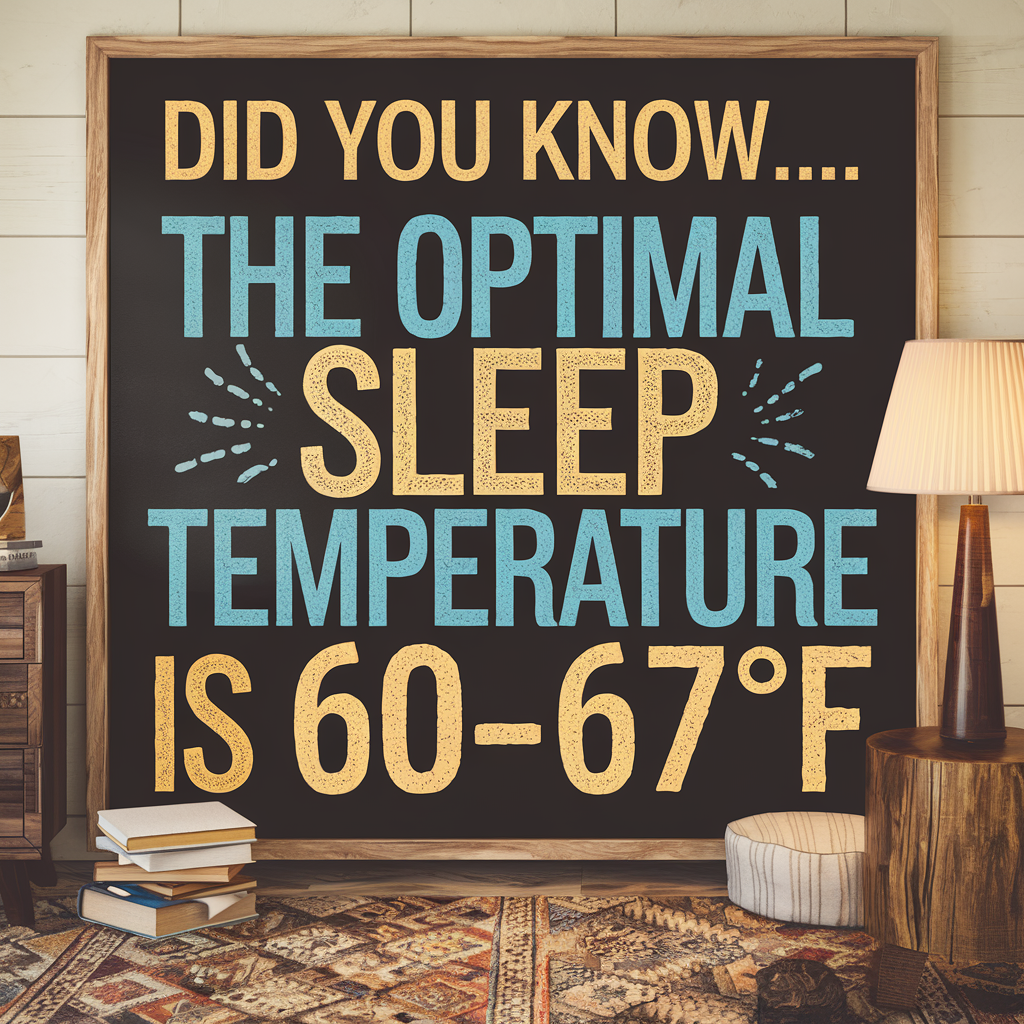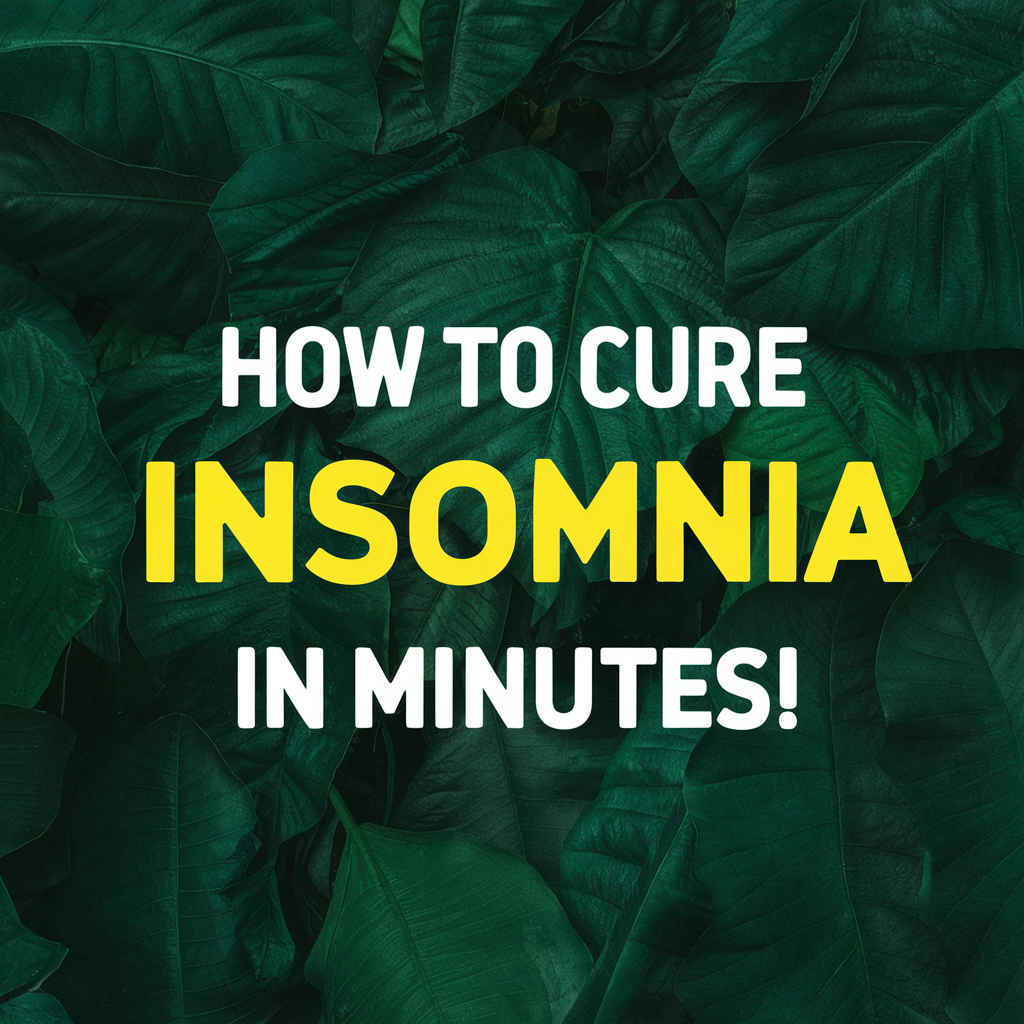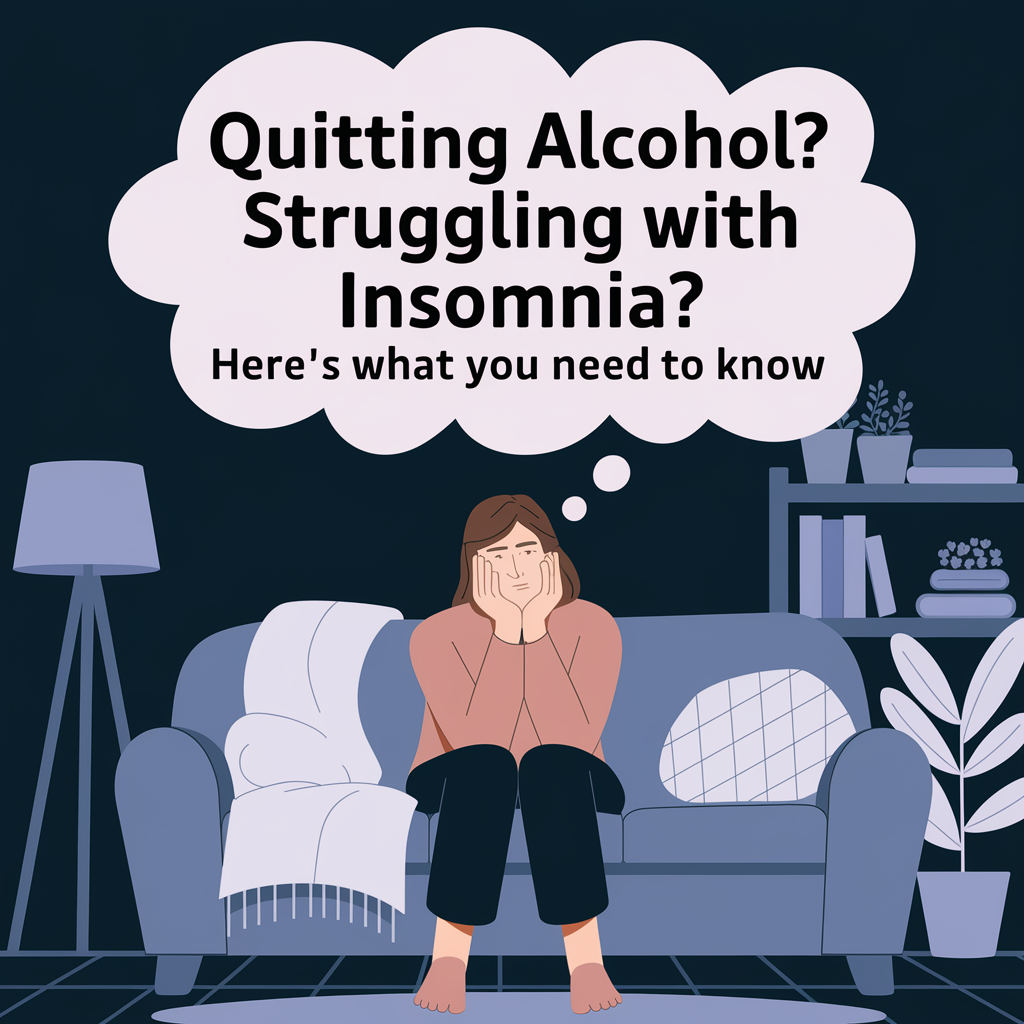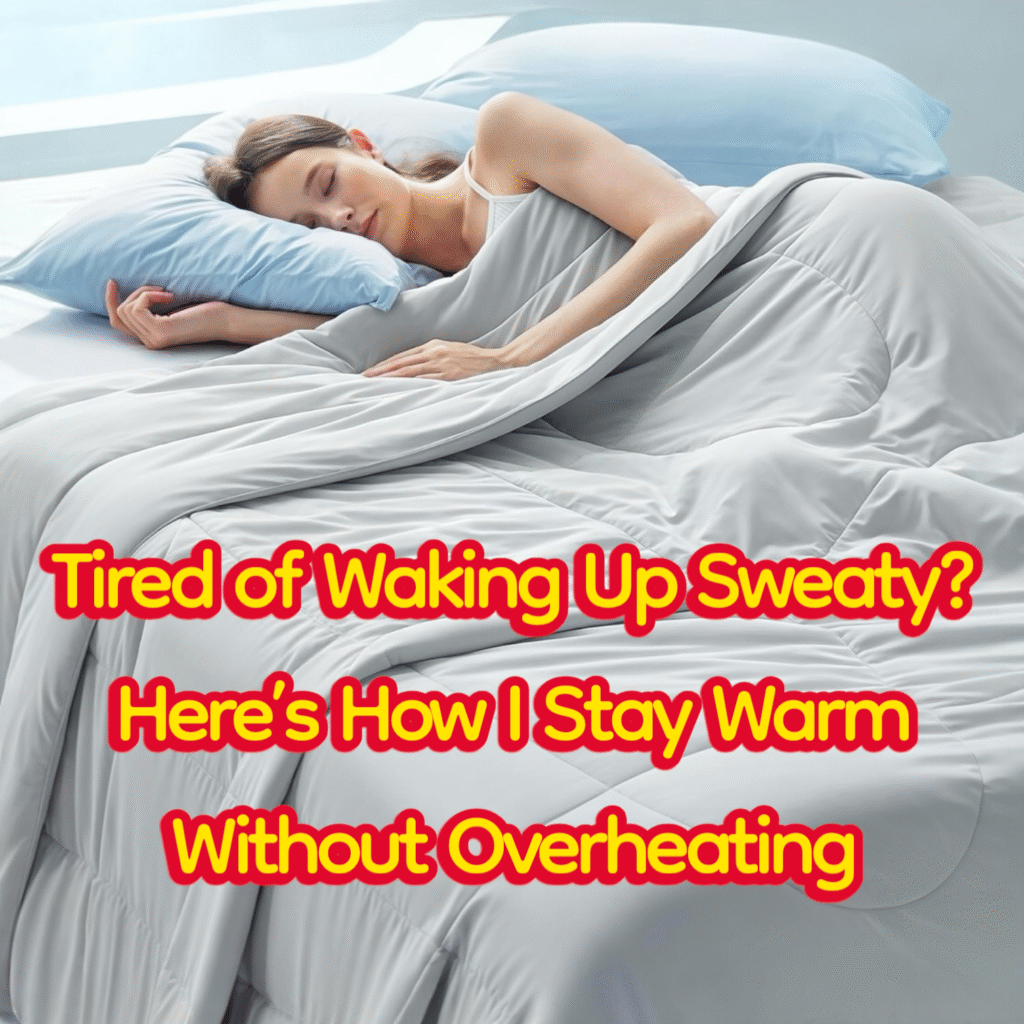
The Weird Struggle: Cold Yet Sweaty at Night?
Ever find yourself freezing under the covers… but then waking up in a pool of sweat? Yeah, I’ve been there too. It’s one of the most confusing sleep struggles—how can your body feel chilly yet still overheat?
Turns out, this isn’t just in your head. It’s a weird mix of your body trying to regulate temperature, but with the wrong bedding, clothing, or room setup, it ends up overcompensating. So you layer up to stay warm… and sweat like you’re running a marathon.
That’s why I started digging deep into how to stay warm at night without feeling like I was trapped in a sauna. Spoiler alert: it’s totally doable, but it takes the right materials and smarter sleep habits.
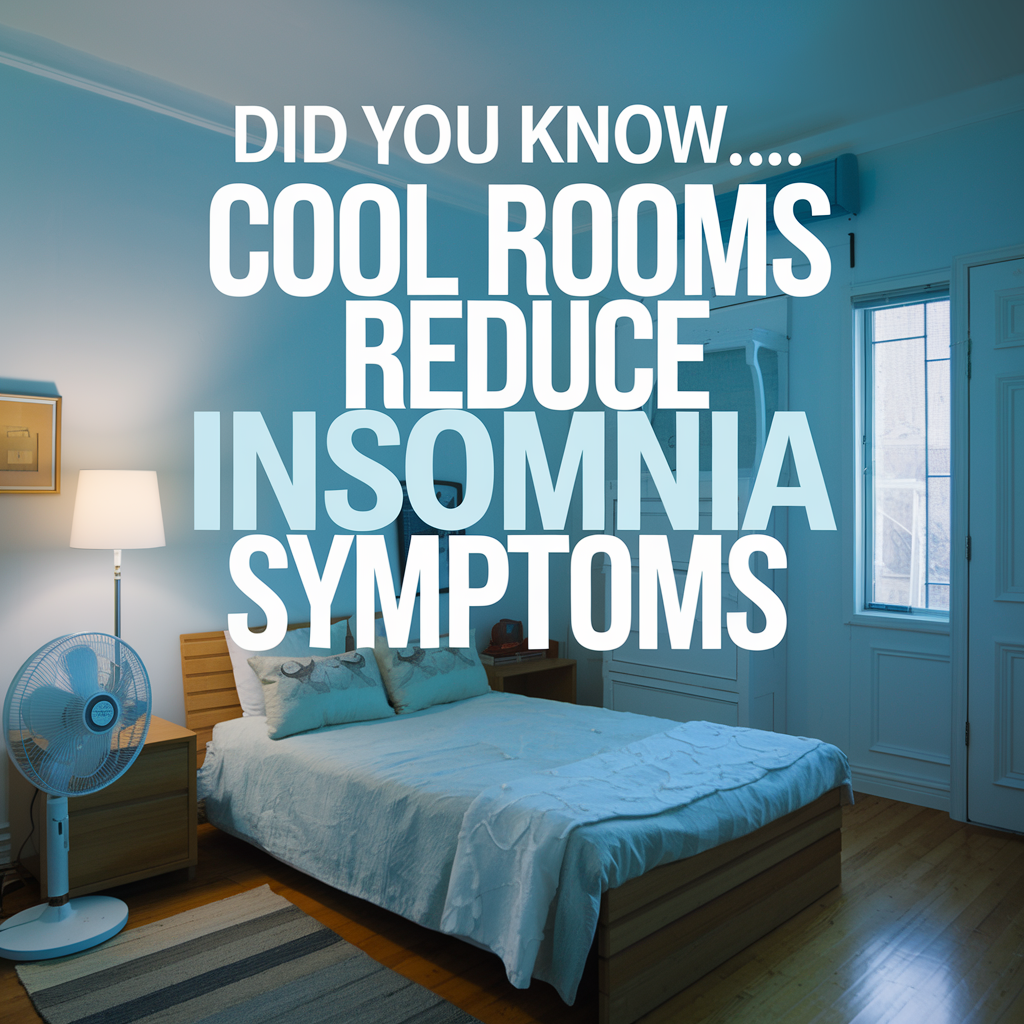
Why Does It Even Happen? Cold Rooms + Night Sweats
It’s not always about the thermostat. Night sweats can be triggered by:
- Body temperature regulation — Your core temp naturally drops at night. If your bedding traps too much heat, your body freaks out and starts sweating to cool down.
- Poor fabric choices — Heavy, synthetic materials don’t breathe well.
- Hormonal shifts — Especially during menopause or due to certain medications.
- Room humidity — Too high or too low humidity can confuse your body into sweating or shivering.
Getting to the root of it means experimenting with your setup—because layering on warmth isn’t the solution unless it’s the right kind of warmth.
The Material Trap: Why Some Blankets Make It Worse
Here’s the thing: not all blankets are created equal. I used to think flannel or fleece was the coziest choice, but those materials actually made my sweating worse.
What changed everything for me was switching to breathable, moisture-wicking bedding. That’s why I swear by this cooling comforter now—it’s cool on contact, but still warm enough to keep me comfy all night.
👉 Trust me, this blanket changed everything:
Why This Is the Best Blanket for Hot Sleepers (Trust Me, I Tried It All)
Once I ditched the heat-trapping fabrics and used something engineered for temperature balance, my sleep actually started feeling restful again.

Layer Smarter, Not Heavier
Instead of piling on thick blankets, the trick is to use layered bedding—think a cooling comforter and a breathable top sheet. This way, you can peel off or add layers based on how your body feels through the night.
Here’s what I use now:
- Lightweight cotton top sheet
- Breathable cooling blanket
- Optional throw blanket for my feet (which I sometimes ditch halfway through the night)
This kind of setup gives you custom control without waking up drenched.
Stop Overheating from Below: The Mattress Matters
Let’s talk about what’s under you.
Memory foam mattresses are notorious for trapping heat. If you’re sleeping on one, your body might be trying to cool down from below without you even realizing it.
What helped me? Adding a cooling mattress topper made from breathable materials like latex or gel-infused foam. It’s like giving your mattress a breath of fresh air—literally.
And don’t underestimate a good mattress protector either. Some are designed specifically to help with heat dissipation.

Breathability Is Everything—Start With Your Pajamas
Before I figured this out, I was sleeping in thick cotton PJs, thinking they’d keep me warm. Problem is, they trapped heat and didn’t let my body breathe. Big mistake.
Now, I go with moisture-wicking, breathable sleepwear—especially bamboo or lightweight performance fabric blends. Here’s what works best for me:
- Loose-fitting bamboo sleep shorts
- Lightweight long-sleeve moisture-wicking shirt
- No socks unless it’s freezing (more on that later)
It feels counterintuitive, but less really is more when you’re trying to stay warm without trapping sweat.
Adjust Your Thermostat—But Not Too Much
When my room was too cold, I’d overcompensate with blankets. Then I’d wake up sweating. The fix? Setting my thermostat between 65°F and 68°F—the sweet spot for sleep.
You want it cool enough that your body doesn’t overheat trying to regulate, but not so cold that you feel the need to cocoon under a pile of fleece.
We also use a WiFi thermostat now, which automatically adjusts throughout the night. That made a huge difference. I talked all about how it helped here:
👉 This WiFi Thermostat Changed How We Sleep and Saved Us Money

Humidity Makes a Huge Difference Too
If your room is too dry or too humid, your body starts doing weird stuff—including sweating or shivering at night.
We got a digital hygrometer (this one’s cheap but super accurate), and it helped us realize our bedroom was way too dry in winter. Once we added a humidifier and balanced it around 40–50%, the night sweats reduced almost instantly.
Want to see what your room’s humidity is?
👉 I use this DOQAUS Digital Hygrometer – 3-pack on Amazon and now have one in our bedroom, living room, and even in the nursery.
Blanket Too Hot? You’re Not Alone
One of the biggest changes we made was swapping out our old comforter for a cooling comforter that still kept us cozy. It’s not magic—it’s just designed with dual-sided fabric that cools when it touches your skin, but doesn’t feel cold.
It’s been a game-changer. I don’t toss and turn anymore, and I don’t wake up sweaty or freezing. If you’re curious which one we tried, it’s this one:
👉 Why This Is the Best Blanket for Hot Sleepers (Trust Me, I Tried It All)
Seriously, if you’ve tried everything and still wake up soaked or chilled, this might be what you’re missing.

Ditch the Socks—Or Rethink How You Use Them
Here’s a weird one: wearing socks to bed might actually make you colder in the long run. Your body cools itself through extremities like your feet. If you trap heat in them, your body may overheat and start sweating to compensate.
Sometimes I start the night with fuzzy socks on, but by 2 a.m., I’ll kick them off without realizing it. If your feet are freezing, try thin, breathable socks instead—and see how your body reacts. You might be surprised.
Fans Aren’t Just for Summer Anymore
It might sound strange, but I run a fan at night even in winter—not to cool the room, but to keep the air circulating. A stagnant room traps warm, moist air, which ends up making you sweat under the covers.
The trick is to use a fan for airflow, not for blasting cold air. I usually point it away from the bed or have it oscillate across the room.
If you’re a light sleeper like I am, finding the right fan that makes just the right kind of noise matters too. I actually wrote a full post about my top fan picks for sleep—especially if you need noise to drown out creaky floors or barking dogs:
👉 The Best Fan for Sleeping Noise – I Found the Winner
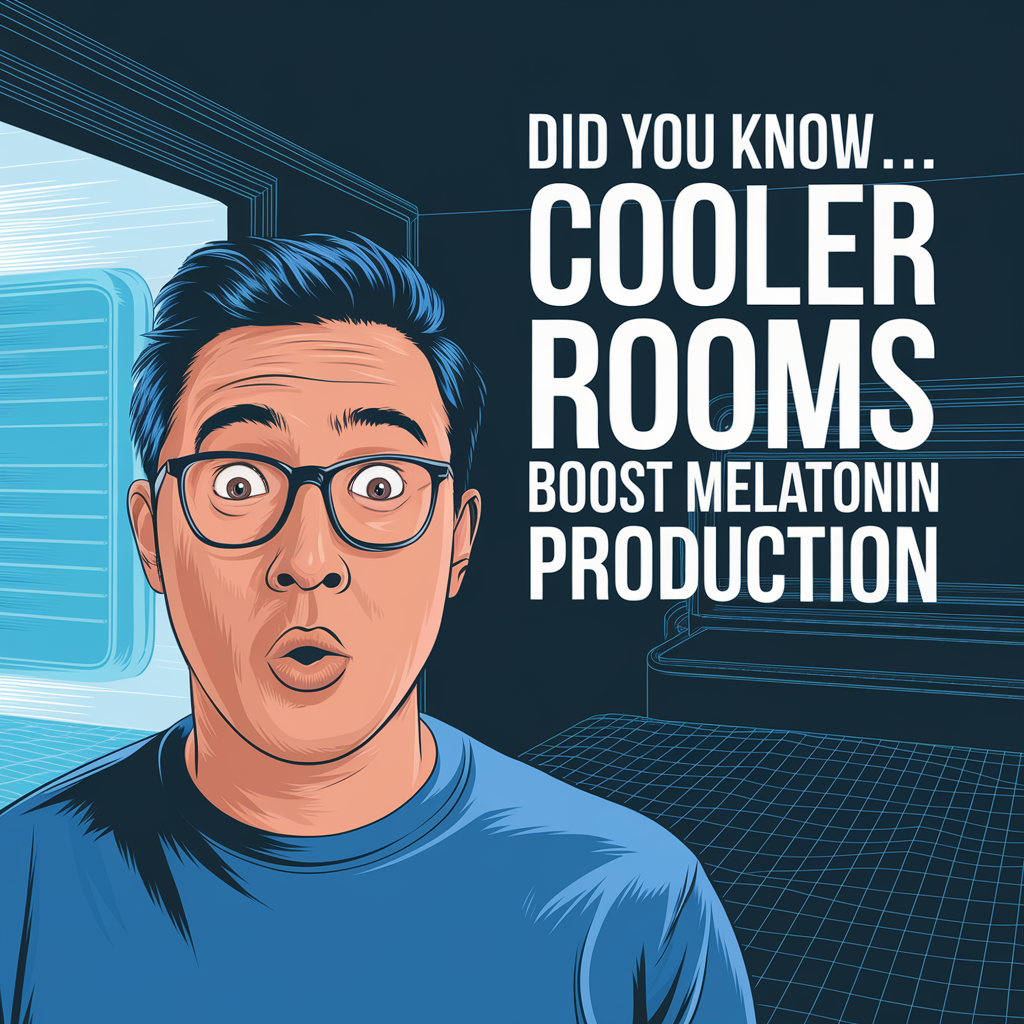
Stop Overheating with Layer Tricks
Instead of piling on one heavy comforter, try layering two or three lighter blankets. That way you can adjust mid-night without a total comfort reset.
Here’s how I do it:
- Cooling comforter as the base
- Lightweight fleece or knit blanket on top
- A throw blanket nearby in case temps dip hard at 4 a.m.
It sounds basic, but this setup gives you total control. Plus, it pairs perfectly with our dual-sided cooling blanket I mentioned earlier.
Also, remember that your sleep position affects body heat. Curling up tightly holds heat in—great for cold toes, not so great if you run hot. I wrote more about that here if you’re still trying to find your best position:
👉 Best Sleep Position to Help Manage Sleep Apnea Naturally

The Sweet Spot: How I Stay Warm Without Waking Up Sweaty
After a ton of trial and error, I finally found my formula:
cool room + breathable sleepwear + cooling blanket + steady airflow = restful, sweat-free sleep.

I’m not exaggerating when I say this setup changed my nights. I’m no longer flipping my pillow constantly or waking up in a puddle. Just solid, uninterrupted sleep—and that rarely happened before.
And if you’re still struggling with the blanket part, I’ve already laid out everything I tested and what finally worked in this post:
👉 Why This Is the Best Blanket for Hot Sleepers – Trust Me, I Tried It All
Try one or two changes at a time and build from there. I didn’t solve this overnight, but once I did—my mornings felt way less groggy, and my sleep score (yeah, I track it) started climbing.
Let me know what worked for you. We’re all in this tired club together.
As an Amazon Associate we earn from qualifying purchases through some links in our articles.
